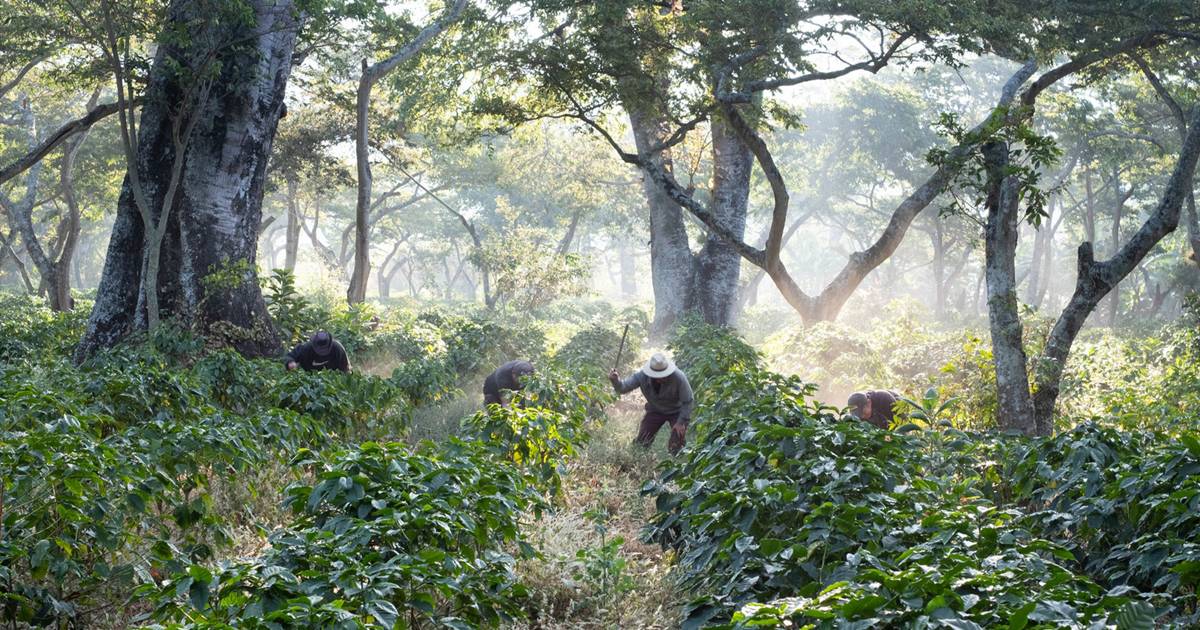Food is more than something we eat to survive—it’s a part of how we thrive. And yet the way we produce food today threatens both people and nature, degrading our land and water, accelerating climate change and species loss, and making our farms, fields and fisheries less productive over time.
Fortunately, the solutions are in our reach. We can shift to a regenerative food system, producing food on land and at sea in ways that work in partnership with the world around us. Together we can turn one of today’s biggest challenges into our greatest opportunity—a food system that goes beyond sustainable and creates positive growth for communities, economies and the planet.
Regenerative Food Systems Explained (2:53) How can regenerative food systems heal the planet and feed the world? We can produce food that doesn’t just avoid harm, but actively restores nature and reverses previous damage. Regenerative food systems can ensure we’re able to feed many generations to come. Here’s what this looks like.
The vast scale of our food system means it can be one of the greatest levers for positive change.
Food production has altered our planet more than any other human activity. It accounts for one-third of greenhouse gas emissions and 70% of all freshwater usage; it is perhaps the single greatest cause of biodiversity loss. But it also provides livelihoods for more than a third of the world’s population. The next decade will be critical to making a global shift to producing food in ways that restore nature and support thriving communities.
A regenerative food system takes us beyond mere sustainability toward positive growth that benefits our planet and the billions of farmers, fishers, ranchers and others who work to provide our food – without sacrificing the health and dignity of rural people and communities of color.

